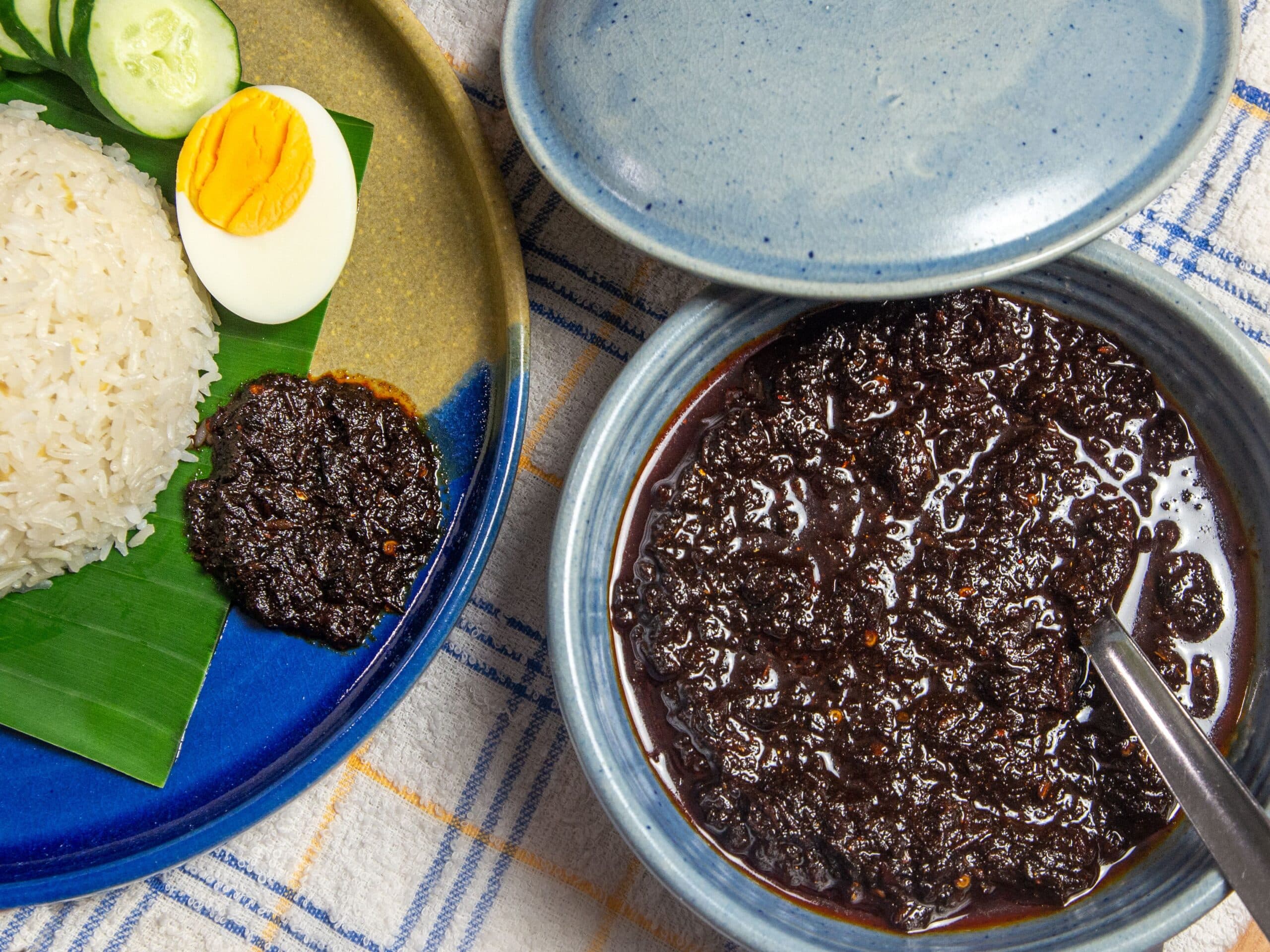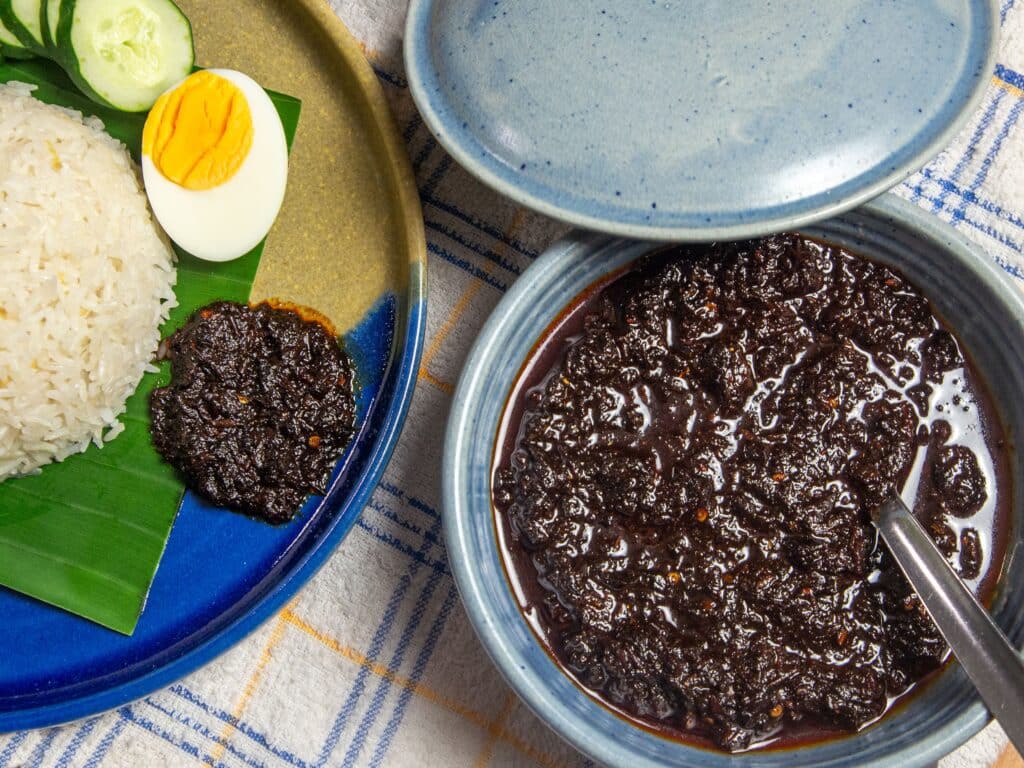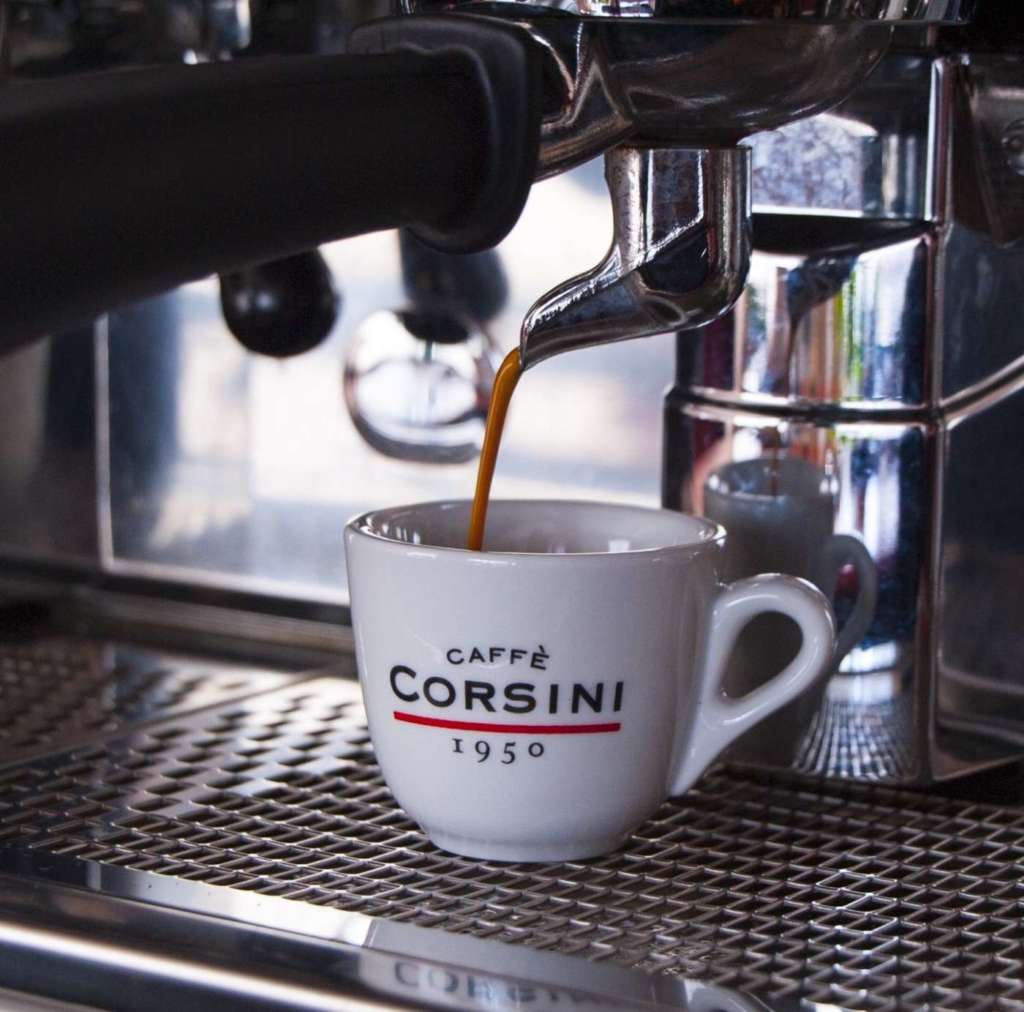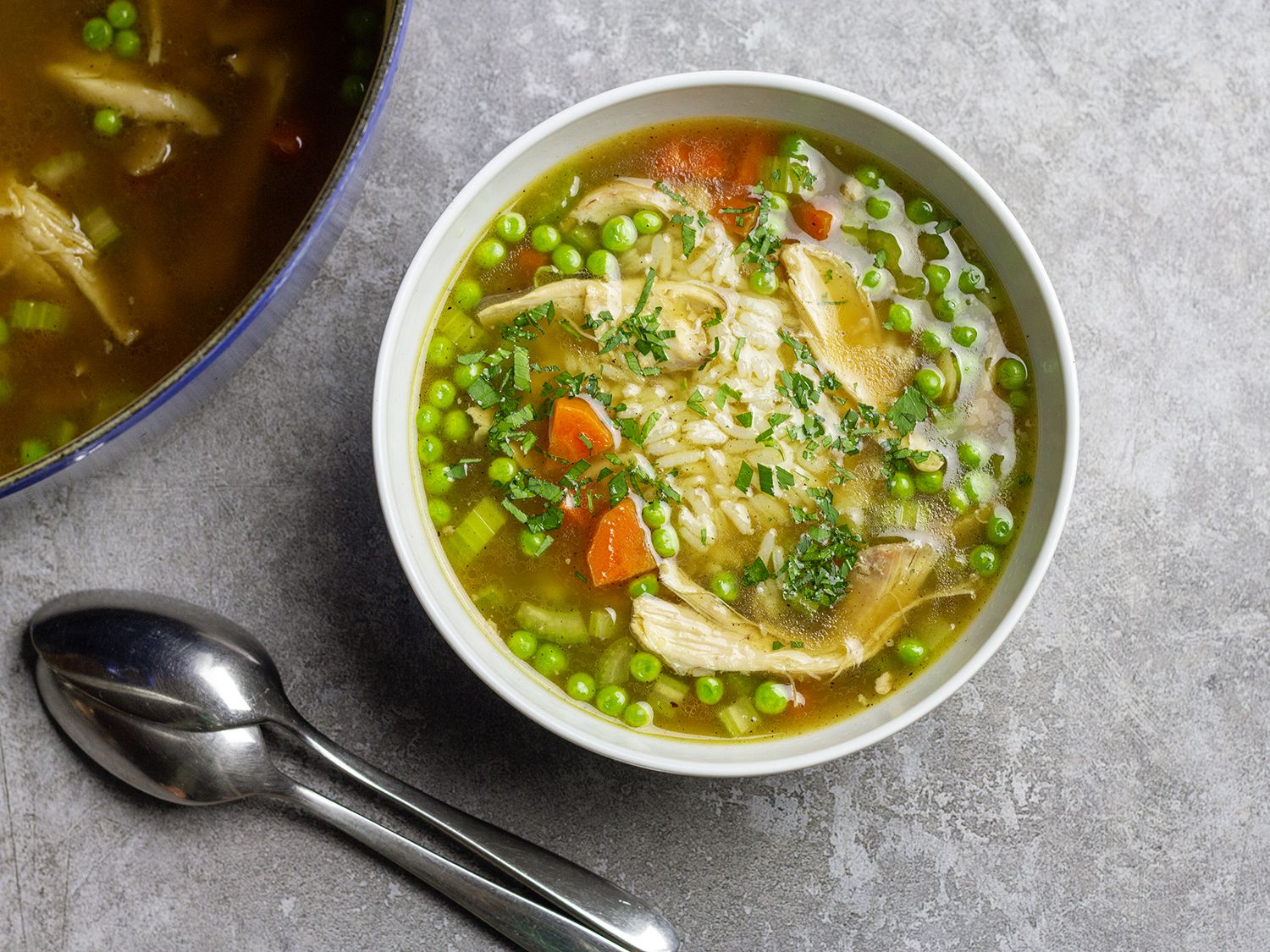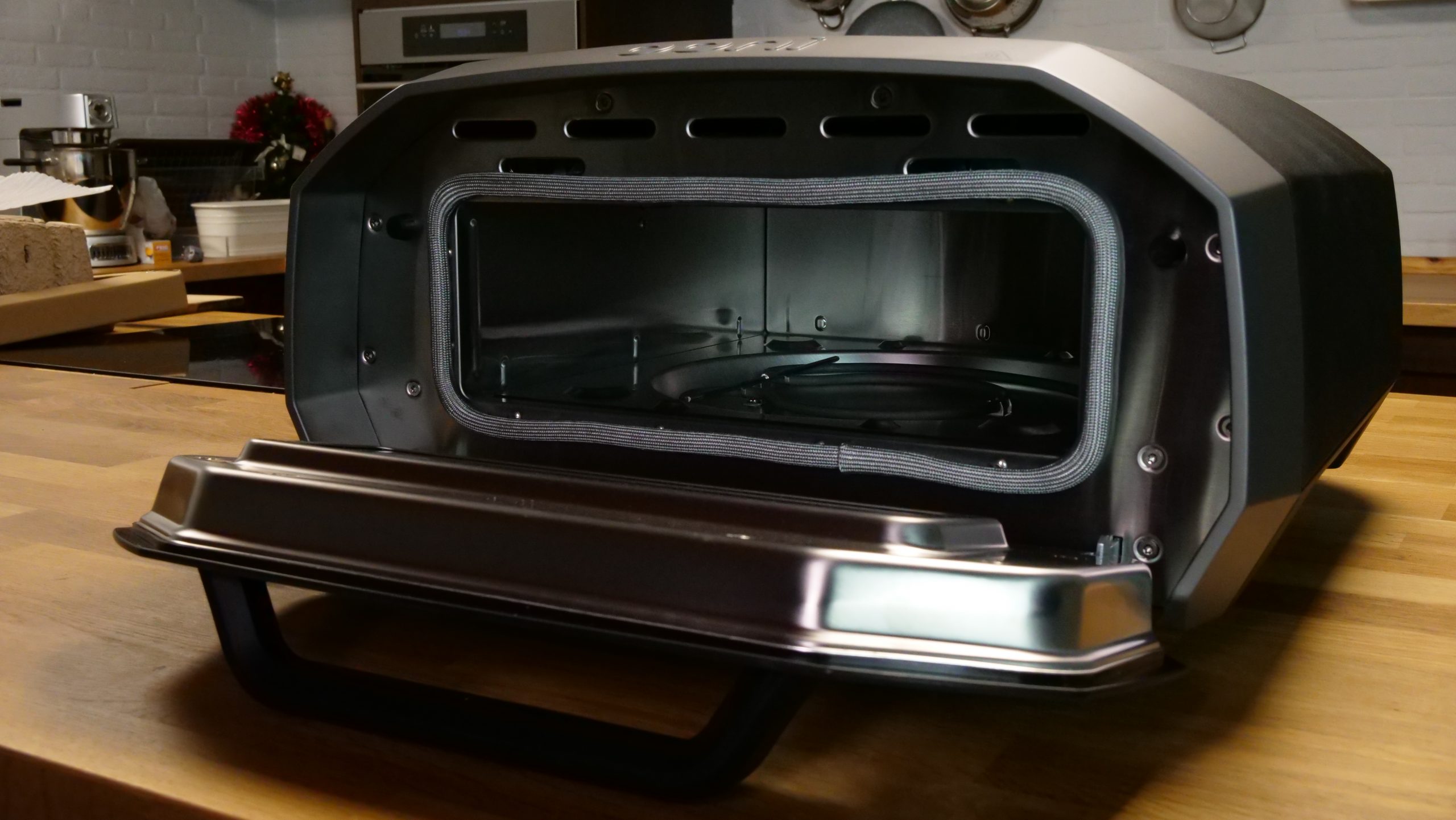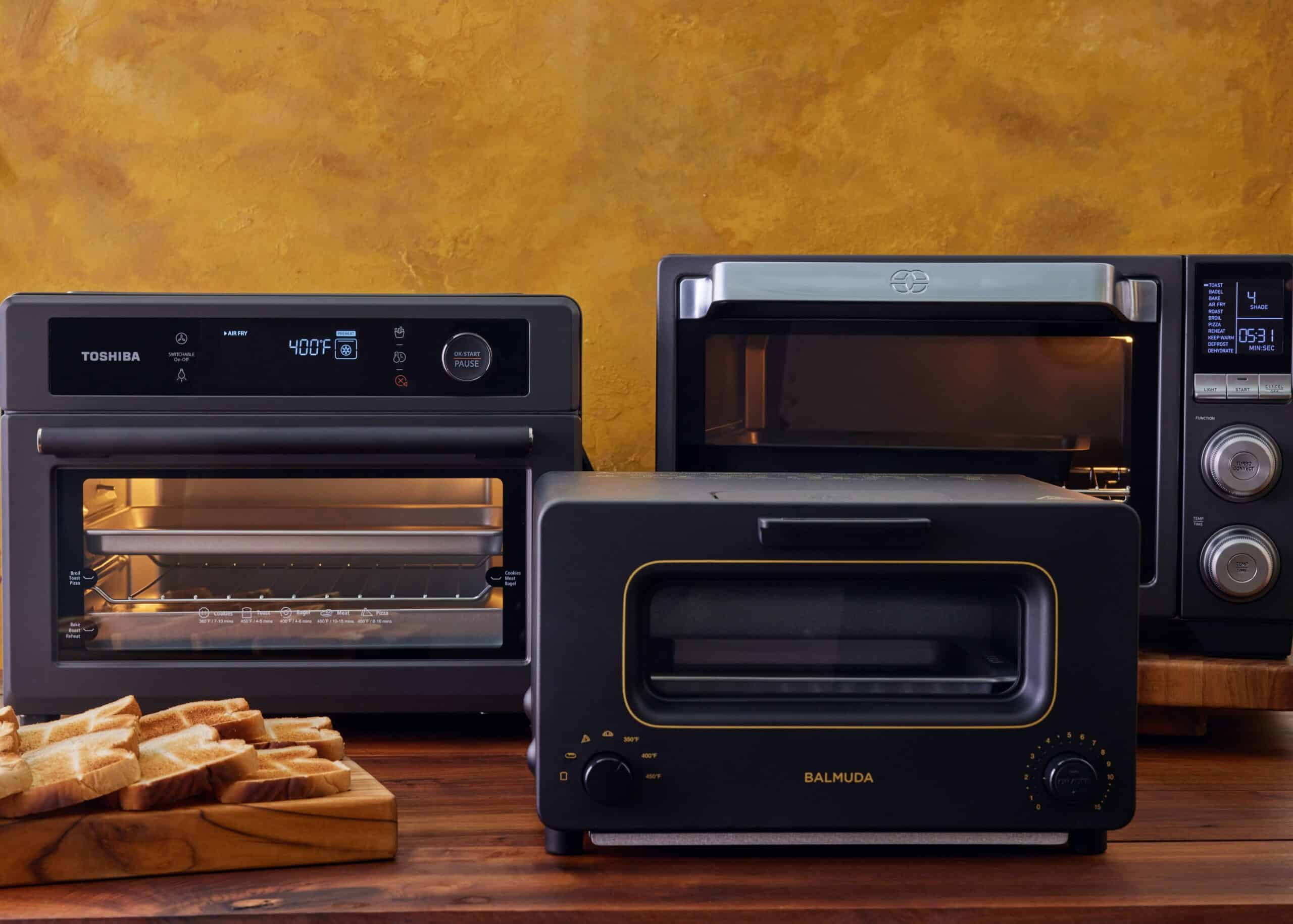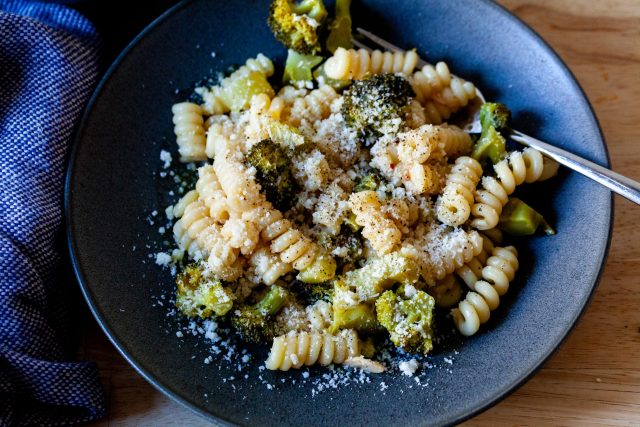Serious Eats / Michelle Yip
“Keep going, belum pecah minyak lagi,” my mom would say—“Keep going, the oil hasn’t split yet.” My teenage self would roll her eyes and sigh, but I remained at the stove, dutifully stirring the aromatic spice paste. Even then, I knew that the tumis (the spice paste) would taste all the better for it. Over 20 years later, I still wait for the telltale separation of the fat from the ingredients, a sure sign of delicious things to come.
Mastering sambal tumis is one of the rites of passage that almost every young Malay cook has to go through. It’s essentially a condiment, a cooked chile paste that pairs well with every carb, from steamed tapioca to fried noodles to plain toast. It’s primarily made from ground chiles and onions, sometimes starring a supporting aromatic actor like ginger or pandan. Its simplicity is the main draw, though it can also be a base for various proteins: whole cleaned ikan bilis (dried anchovies), prawns, and squid are common additions. Fried tofu is a delicious and cheap option, and some folks even just use sliced onions to bulk up the sambal into a meal. However, it’s best known as a major component of nasi lemak, a dish so popular all throughout Malaysia that it’s earned the title of our unofficial national dish.
Making sambal tumis teaches the cook two of the core concepts in Malay cooking: “tumis” and “pecah minyak.” Learning and understanding these two concepts, especially pecah minyak, is half the battle when cooking many Malay dishes.
Sambal Tumis: A Closer Look
Sambal tumis basically translates to “sautéed chile paste.” But as with all cooking, the dish is much more than the sum of its parts. The usual components of sambal tumis are alliums and chiles. Which ones you choose depends on your desired result. Do you want a sambal tumis that has a fresher, brighter profile? Will it be saucier or more on the dry side? Sometimes even the time you have to cook will dictate which road you take: If you have more time, you can use larger yellow onions (more juicy) and dried chiles (these take a longer time to coax their flavors out). If not, smaller Asian shallots and fresh chiles it is. Strictly speaking, any sauteed chile paste is a sambal, but the name sambal tumis generally refers to a simple allium-chile mix. When adding a protein to the sambal tumis base, its name changes. Adding prawns? Sambal tumis udang. Adding tofu? Sambal tumis tauhu. And so on.
For this particular sambal tumis, I went the most basic route of large red onions, garlic, and dried chiles. This version is best paired with nasi lemak, or mopped up with toast. The not-so-secret ingredient is ikan bilis (dried Southeast Asian anchovies) that are finely ground and added at the tumis stage (when the paste begins to sauté, more on that below), which gives an unmistakable savory punch that will keep you going back for more.
What Is Tumis?
Tumis is a verb that almost directly translates to “sauté,” meaning to cook and turn ingredients in fat. As a noun it can refer to whatever the ingredients are being sautéed, but more often it describes something more specific: the cooked paste of aromatics and spices that form the base of many gravy-rich dishes like curries and stews. These pastes can be made from a vast number and combination of ingredients. Most often, they will contain some kind of aromatic and some kind of spicy element. The aromatics can be Asian shallots, garlic, ginger, fresh turmeric, or lemongrass, while the spicy elements can be any kind of chiles or dried spices (for less heat and more warm spice flavors).
Traditionally, these items are freshly ground together in a mortar and pestle, in a general order of dry to wet ingredients (e.g., dry spices before onions) to help ensure that the paste is evenly ground. These days it is very common to find a cheap blender in a Malaysian kitchen, used specifically for making tumis and nothing else—no oniony smoothies, thanks.
Plain white rice forms the bulk of the Malay diet, so to flavor the rice, we’re big fans of dishes with gravy. These gravies tend to be on the thicker side and quite rich, like our coconut-based stews (‘masak lemak’) and curries (‘gulai’ or ‘kari’). A little bit can go a long way if you’re tight on resources, or conversely, they can be piled on for any special occasion. The idea is to coat the rice with flavors instead of swimming in liquid, so the tumis is essential in thickening the gravy to desirable consistencies.
Pecah Minyak: The Technique for Managing Moisture and Flavor Development
Pecah minyak is the stage of cooking the tumis paste when it is deemed fully and properly cooked, ready to receive subsequent ingredients. It not only deepens the flavor of the paste, but it also helps it keep for longer since a key quality of pecah minyak is having driven off enough moisture during cooking that the paste is less susceptible to spoilage (there weren’t a lot of fridges back in the day).
While all these terms are Malay, pecah minyak is almost certainly a technique adopted from the South Indians who emigrated to the Southeast Asian region over the centuries. The sautéing of pastes of various alliums, rhizomes, and spices as the first step of the cooking process has also made its way to other Malaysian communities, especially the Peranakan groups, which are various naturalized ethnic subgroups who have adopted many aspects of Malay culture.
But what is pecah minyak? What does it look like? What does it sound like? Many a young cook has stressed out over this step, as many recipes will state “masak sehingga pecah minyak” or, “cook until the oil separates.”
Serious Eats / Michelle Yip
Alliums and rhizomes have a lot of water in them, so when you take something like an onion and pulverize it in a mortar and pestle or blender, you’re essentially making a thick juice of it (and often when using a blender, one has to add even more water to help the blender along). These watery pastes, if not cooked long enough, tend to taste underdeveloped and even a little raw—very much the flavor of, say, onion that has been boiled but not cooked down in fat.
Properly identifying and employing pecah minyak avoids this result two ways. First, through basic concentration: cooking off water concentrates the flavor molecules in the paste, making them intense, not thin and watery. Second, it deepens the flavor via the Maillard reaction, in which the proteins and sugars in the paste interact at high heat to form increasingly complex flavor and aroma molecules. The key term here, though, is high heat, which is limited by water’s relatively low boiling point. When too much water is present, you don’t get much of a Maillard reaction, and only after cooking much of it off does the paste begin to truly fry, brown, and grow more delicious.
When enough water has cooked off, what you’ll see is a clear separation of oil from the paste. The paste will also go from more watery and pale in appearance to something darker, taking on more golden and brown tones. This separation of oil is where the term “pecah minyak” comes from: The oil has broken, split, or separated. No emulsions here, we want to be able to skim this oil off if needed.
There are a few tips that can help ensure successful pecah minyak. The main thing to remember is that the technique is primarily focused on driving off moisture, which means anything we can do to minimize water at the outset will help.
This particular recipe for sambal tumis starts with dried chiles, which need to be rehydrated and softened in boiling water. They are then processed to a paste, which I prefer to do in a food processor, since a blender almost always ends up requiring even more additional liquid to keep things falling into the blades as they spin—liquid that you then have to spend even longer cooking off.
With the rehydrated chiles in the food processor, it’s then time to moisten them slightly to help process them to a paste. Instead of adding water, though, I add oil, creating a bit of a shortcut later since that oil will fry the chiles in the pan. (For those wondering why you can’t just add oil to a blender for similar effect, you can, but just as with water, you’d have to add more oil, which would throw the balance of the paste off or require extra skimming later.)
The alliums, ikan bilis, and chiles have to be processed separately, as they are added to the pot at different stages of the cooking process. All these ingredients have varying amounts of moisture, proteins, and sugars, and therefore require different amounts of time to cook; put them in all at once, and you’ll either overcook some or undercook others. That said, as long as the ingredients are scraped out after processing, it’s not necessary to wipe down or rinse the food processor in between processing each component.
One of the more important details of this process is to fry in more oil than you may think is necessary. This helps the tumis to cook evenly without burning. It will look like a lot of oil, but most of it is skimmed off at the end, and this flavorful oil can be reused to fry eggs, rice, etc.
As for frying itself, make note that the heat cannot be high; it must be at least medium to medium-low so that the moisture is cooked off before the paste burns. Some Malay aunties will warn against setting the heat too low because it can take a lot of time to pecah minyak, but I personally like to set the heat to as low as possible so I can let it burble on the stove while tending to other kitchen chores. Every time I pass by the stove, I give the tumis a stir to make sure everything cooks evenly and the paste doesn’t burn at the bottom.
Any liquids that need to be added to modify the consistency and flavor of the finished dish must be added after pecah minyak has been achieved (common liquids used in various dishes include water, water mixed with tamarind concentrate, and coconut milk). I add some water along with the tamarind concentrate and palm sugar to the sambal tumis towards the end, so that the flavors of the tumis are fully developed first. Adding the liquids later also helps prevent the infamous thick-liquid spatter that happens when someone is tumis-ing anything on the stove.
If there are any protein additions or the like, they are added towards the end, right after the tamarind concentrate. They will then cook in the sambal, lending their flavors to each other.
Remember that this recipe is only the beginning, a guide to one kind of sambal tumis made a particular way. It’s a dish that has as many variations as it does cooks. Once you master the basics, go forth and make it your own!
In a 2-quart saucepan, boil 2 cups (473ml) water over high heat. Meanwhile, using kitchen shears, cut the dried chiles diagonally into 1/4-inch-thick (0.5cm) strips. Massage the strips gently to release as many seeds as possible to the bottom of the bowl. Transfer chile strips without the seeds to the boiling water and let boil until chiles are softened, about 2 minutes. Using a slotted spoon or spider, lift chiles out of saucepan and transfer to heatproof plate, leaving any stray seeds behind (seeds will make the sambal bitter, so it’s important to remove them all).
Using a food processor, process the onion and garlic, scraping down sides as needed, to a paste, about 30 seconds; scrape the onion and garlic paste into a bowl. Next, process the ikan bilis into fine powdery shards, 2 to 3 minutes; scrape into a separate bowl. Finally, process the boiled chiles with 1/2 cup (120ml) oil until well pureed, 3 to 5 minutes; transfer pureed chiles to a third bowl.
Serious Eats / Michelle Yip
In a wok or large, deep stainless-steel skillet, heat the remaining 1 cup (235ml) oil over medium-low heat until shimmering. Add the onion and garlic paste, immediately reduce heat to low, and cook, stirring every few minutes, until the onions are very soft and translucent, about 35 minutes.
Serious Eats / Michelle Yip
Stir in the ikan bilis and cook, stirring every few minutes, until the color deepens to a light brown and oil separates, about 10 minutes.
Serious Eats / Michelle Yip
Stir in the chile puree and cook, stirring every few minutes, until color deepens and oil separates, about 35 minutes; be sure to lower the heat if it seems like the puree is foaming up or darkening too quickly, both signs that it’s cooking too rapidly.
Serious Eats / Michelle Yip
Stir in palm sugar, tamarind concentrate, and 1/2 cup (120ml) water. Cook, stirring often, until color is dark reddish brown, almost maroon-like, the sambal is thick, and oil has again separated from the paste, about 30 minutes longer; continue to regulate heat as needed so this process happens gently to avoid scorching the paste. (The exact color and consistency of the sambal is up to personal preference, though many nasi lemak stalls serve their sambal on the thicker, gloopier end, which is also my preference.) Remove from heat and season with salt.
Michelle Yip
Serve as an accompaniment to nasi lemak or as a condiment with your preferred carbohydrate.
Serious Eats / Michelle Yip
Special Equipment
Food processor
Notes
Considering how much chile pepper Malaysians consumes, we don’t really have specific names for different types of chiles like, say, Mexicans do. They’re usually described instead by appearance: large chiles, dried chiles, etc. The chiles called for in this recipe are essentially Kashmiri chiles, those dry and wrinkly South Asian chiles that give a deep red color without rendering the final dish too spicy.
Ikan bilis can be found at any good Asian grocery store, especially those specializing in Southeast Asian imports. Ask for ‘dried anchovies’—every Southeast Asian country has their own name for it. They are sometimes sold already cleaned and gutted, but those will be more expensive; if yours aren’t cleaned, you’ll need to prep them by removing the heads, then splitting the fish lengthways so you can gut and debone it. The bigger varieties tend to be quite salty, so seek out the smaller varieties.
Palm sugar is relatively easy to find, also at any good Asian grocery store. Thai palm sugar is a great substitute. Jaggery will do in a pinch. No need to grate or soften the palm sugar here, just chuck some chunks in roughly equal to 1 1/2 tablespoons; they will dissolve.
Many Malay dishes are seasoned at the end, whether with salt or sugar. During pecah minyak, the mass of the ingredients is reduced as the moisture is cooked off, which means the final volume is much less than the starting volume. For this reason, it’s important not to season early, or you risk concentrating the seasoning to unpalatable levels.
Make-Ahead and Storage
If prepared properly, this sambal can be stored for up to 1 week on the counter, 3 weeks in the fridge, and up to 1 year in the freezer. Always use a clean and dry spoon when serving so the sambal does not get contaminated and lasts as long as possible.


